💡 The best way to ensure a long lasting terrarium is to add creatures that will be part of the ecosystem. These are the best 10 animals for a closed terrarium.
The main aspect of making terrariums is the aesthetic art of creating a little garden and decorating it according to your personal style. But terrariums can be so much more than that, and merely observing them can become that much more satisfying once you add real bioactivity.
Adding creatures and animals to your terrarium will transform your garden into a small civilization, a world you will be able to observe (perhaps when you’re feeling overwhelmed). Not only that but the animals on this list will keep your terrarium clean, and free from dead plant matter and mold!
Anyways, enough philosophizing. These are the 10 best animals and insects you can keep in a closed terrarium:
Things to know:
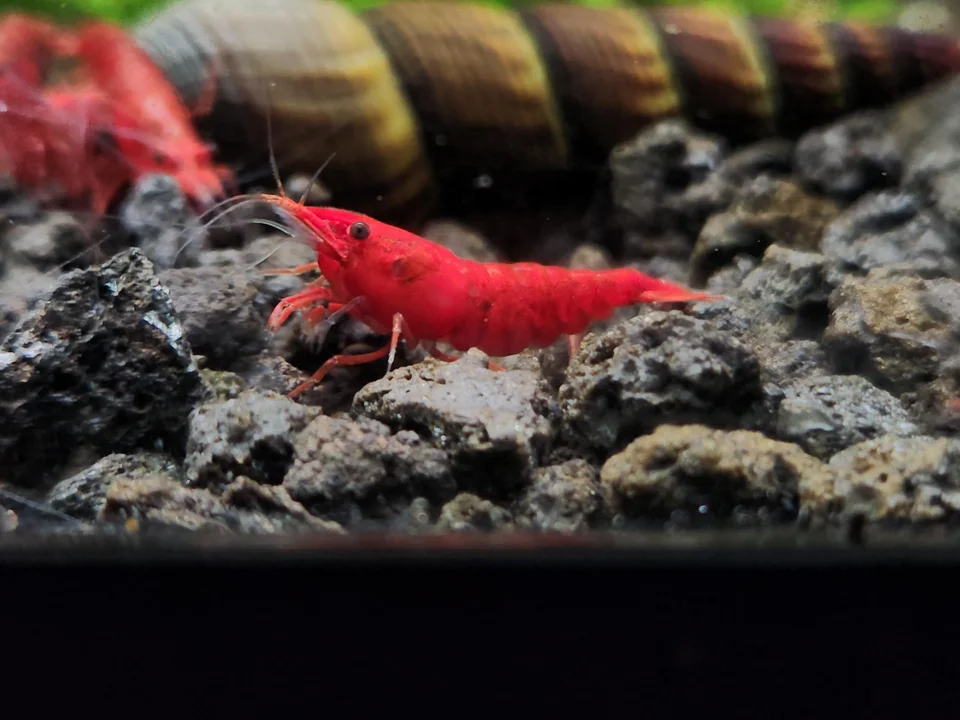
The Neocaridina heteropoda is a freshwater shrimp that belongs to the Atyidae family. They come in a variety of colors, but the most sought after are red, thus the name Cherry Shrimp!
Cherry shrimps are a great pet to keep in a closed terrarium, they feed on algae, and decaying vegetable matter, and also require a lot of humidity. So you’ll have to give them enough food to survive, or else they’ll eat your moss!
Cherry shrimps are ideal for 2.5 or 5-gallon terrariums where you can give them a little pond, and tons of algae.
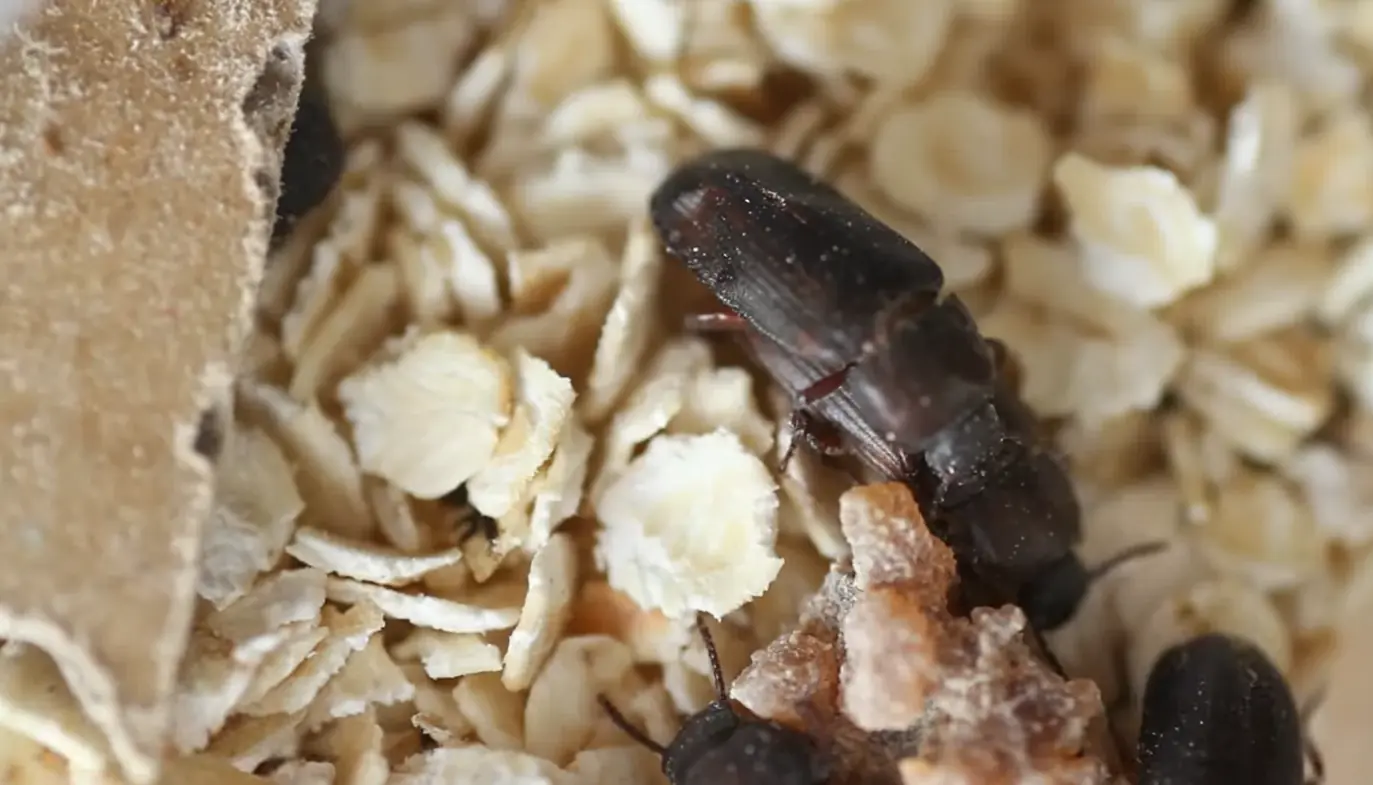
The Darkling Beetle, Zophobas morio, is an excellent animal to inhabit your terrarium. It is a small insect, which in its larval form is also known as the super worm.
The darkling beetle loves calm environments. A terrarium that gives these guys enough space to go about is ideal. The only requirement they need is 1 ½ to 2” of substrate/soil and high walls.
They eat fresh and decaying vegetation, which is ideal for keeping your terrarium clean. You can also give them apples, oranges, and even pears if you want to make them extra happy. Just be careful to remove the food if it doesn’t get eaten as it will catch mold.
Darkling beetles require very little water. So you won’t have to worry about that if your terrarium is moist.
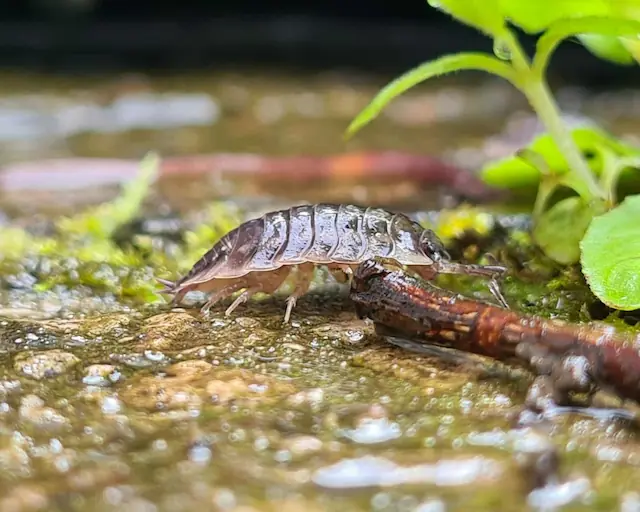
Pill Bugs are known for their ability to curl up in a little ball when threatened, some call them potato bugs.
They’re excellent animals to keep in a terrarium as they’re very small, and are also very good natural decomposers. Ideal for terrarium cleanup and maintenance.
The only requirement they have is moist soil, high humidity, and something to hide under in your terrarium. A piece of wood would be ideal.
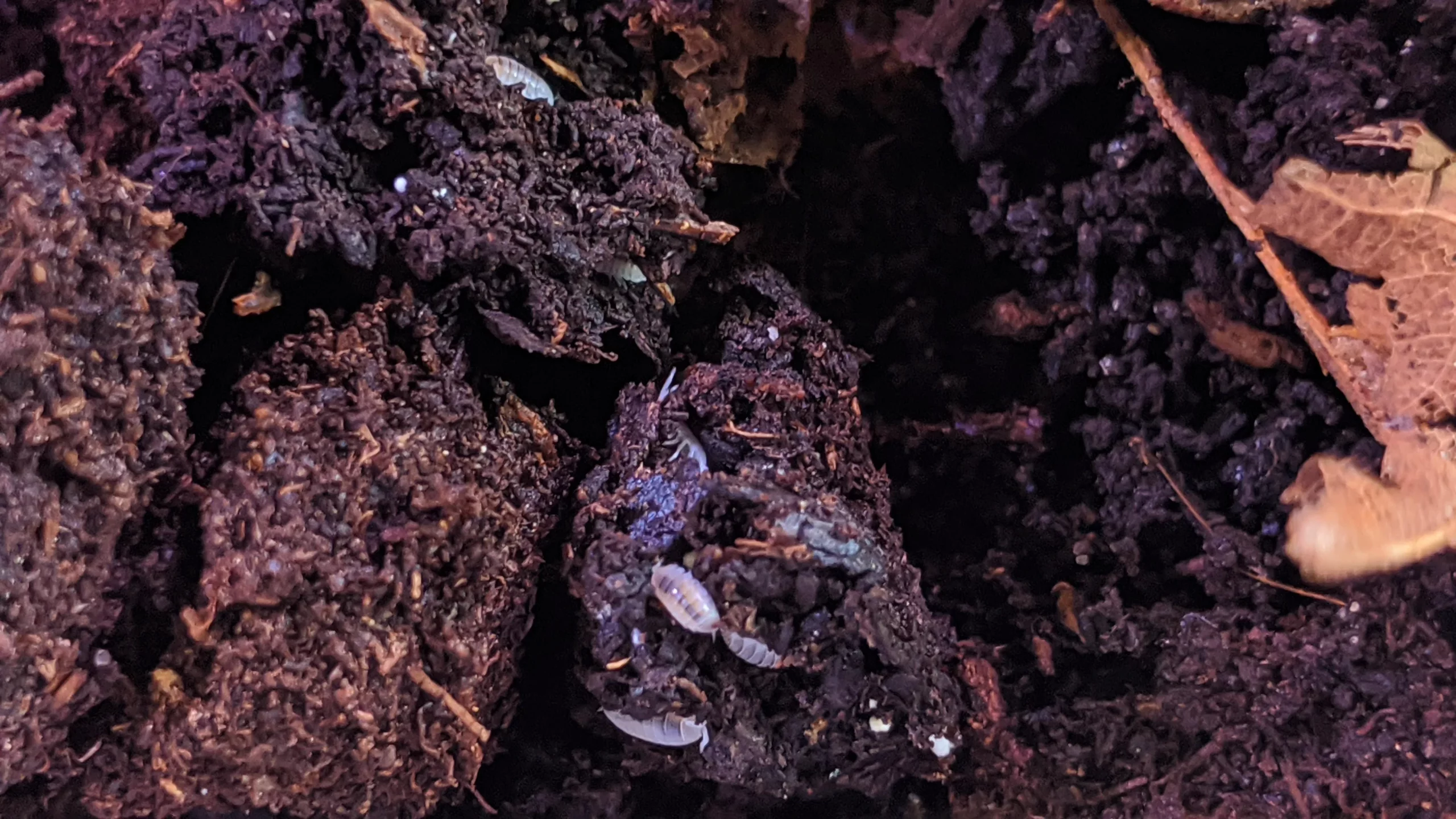
Dwarf White Isopods are one of the smallest isopod species out there. This is also why they’re such a popular animal to house in your terrariums (they’re half the size of some of the larger isopod species).
Their bring white color will bring contrast to your terrarium, but don’t expect them to run around and show off. They’re a very shy species, and often like to hide and burrow.
The reason why Dwarf White Isopods are great terrarium animals is that they are excellent survivors. They are prolific breeders and a fantastic cleanup crew. They’ll keep your terrariums very clean, and healthy!
The fact that they burrow will also keep the substrate in your terrarium always fresh, and fertilized.
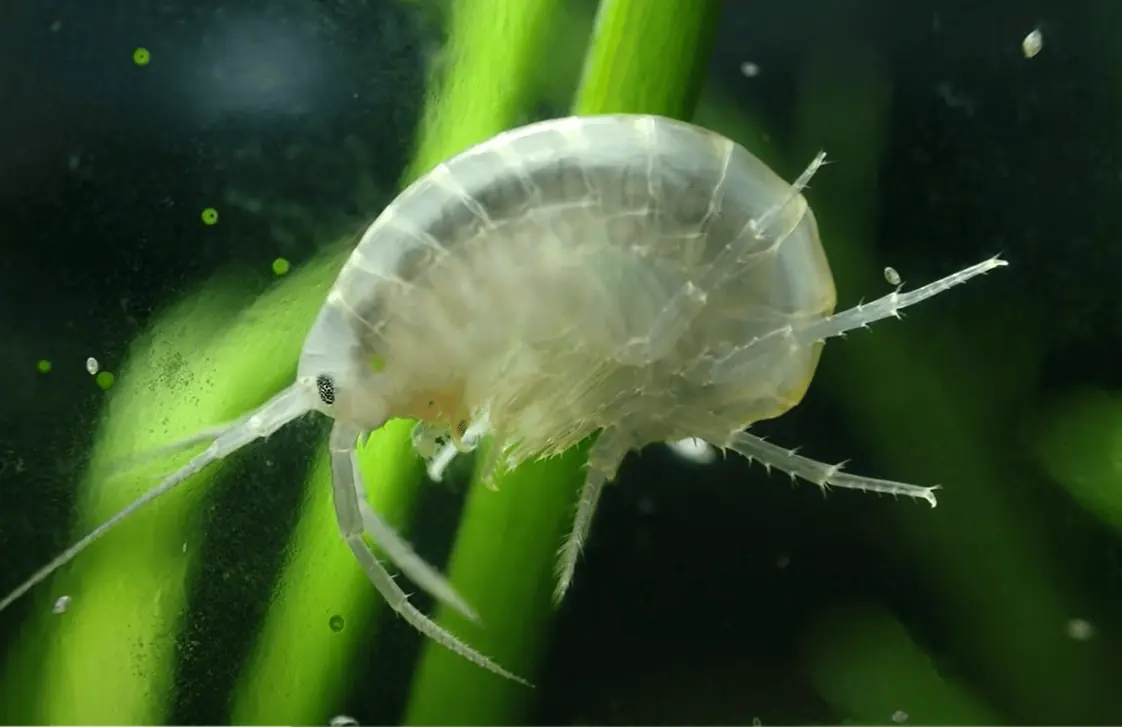
Amphipods, just like pill bugs, are an animal that feeds on decaying matter, and they love algae. They’re very adaptable and will make your terrarium their home very quickly.
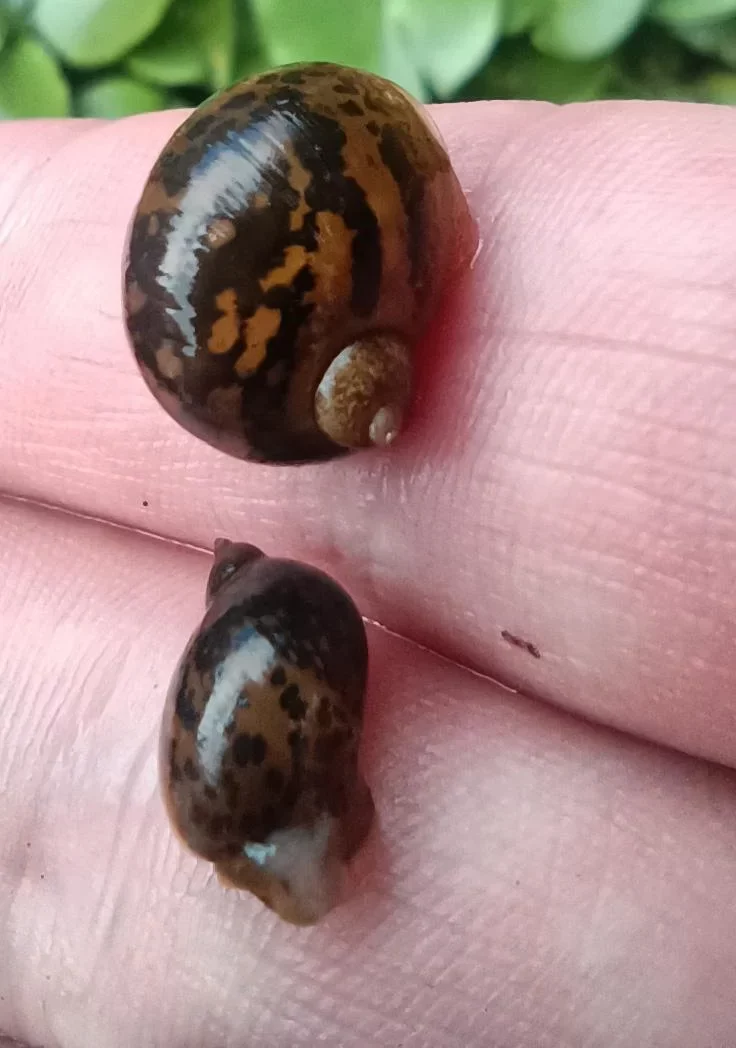
Pond snails are great for terrariums because they eat dead leaves and prevent mold (which is a very common issue for many terrariums). They’re very easy to keep, and the only requirement is high humidity and enough food.
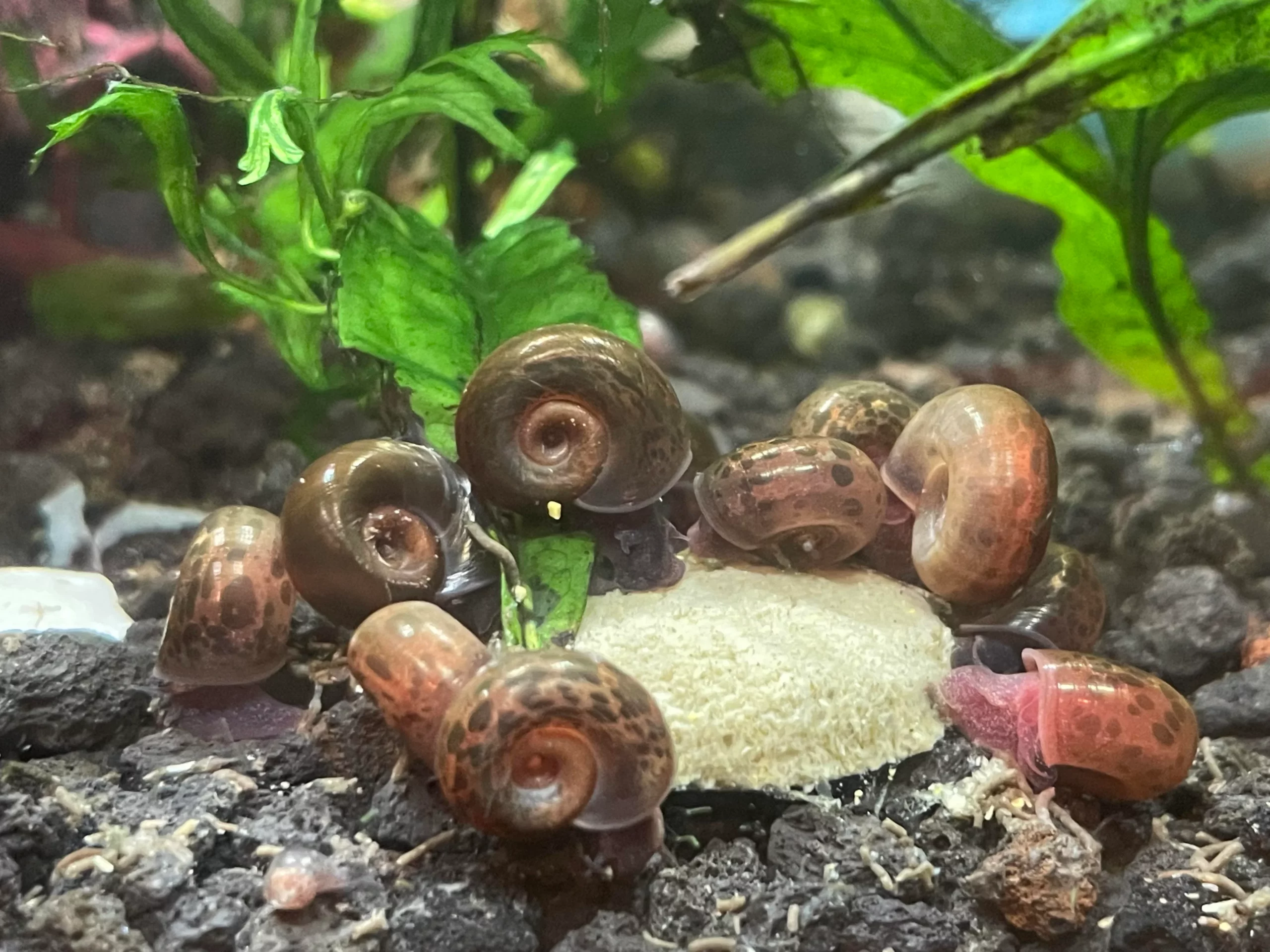
Planorbidae genus, or Ramshorn Snails, are invertebrate animals. They’re a type of freshwater snail that have planispiral shells.
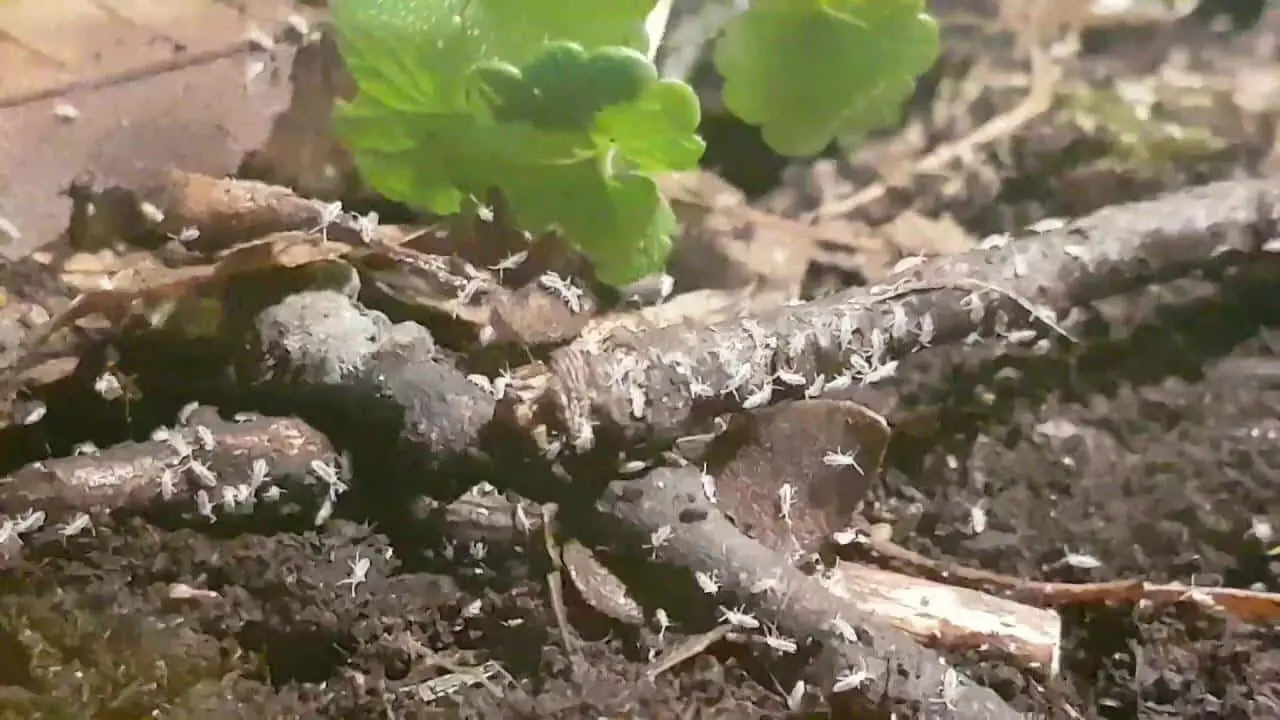
Springtails, finally. Springtails are the bread and butter of any healthy, bioactive terrarium. They’re the ultimate cleanup crew, classified as arthropods. They’re extremely small, and will keep your terrarium free from mold unlike any other animal on this list.
That’s because besides feeding on decaying plant matter, they eat the mold itself. Yum yum that sounds like a clean terrarium.
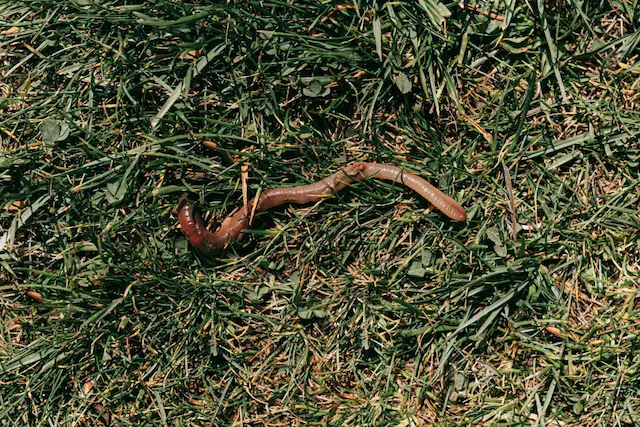
Earthworms are one of the coolest animals to have in your terrarium. They are excellent at fertilizing the soil and eating decaying plant matter. The only downside to earthworms is that they will make a mess on the glass, and definitely make the terrarium less visually appealing.
If you decide to keep earthworms in your terrarium, keep no more than two, and keep them away from direct sunlight.
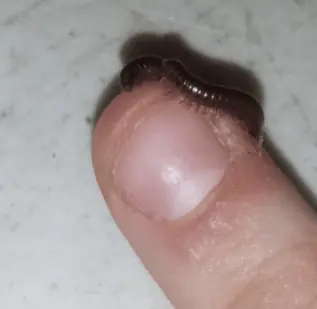
Millipedes are an excellent terrarium animal choice. Millipedes are arthropods that will scavenge and eat any decaying matter from your terrarium. This means less mold, no dead leaves, wood, and really any decaying matter.
Because we’re talking about adding creatures to a closed terrarium (meaning that it becomes a complete ecosystem, which you don’t open regularly, adding animals can be very difficult.
Most closed terrariums are created in medium-sized jars, bottles, bowls, etc. This is simply too little space for most animals suitable for large terrariums (10 gallons +) to have a healthy and normal life.